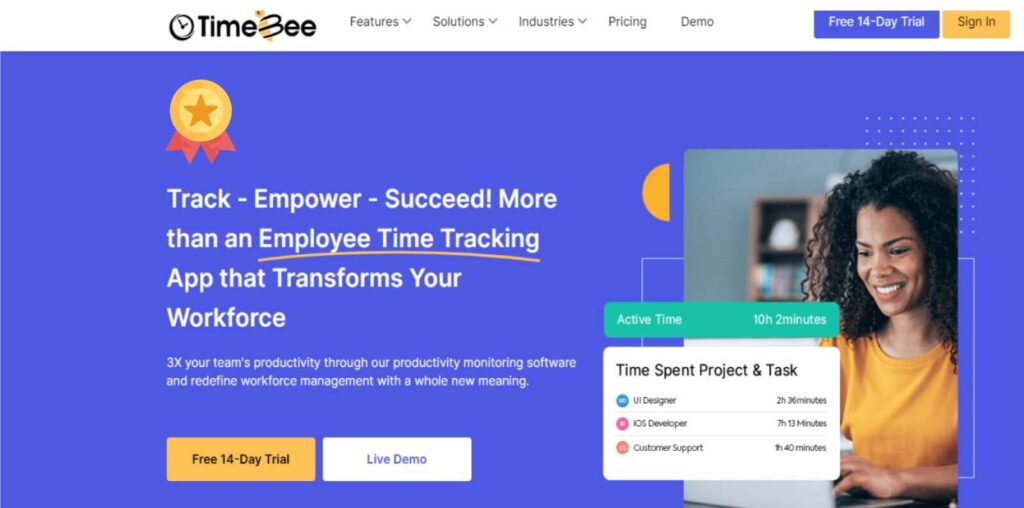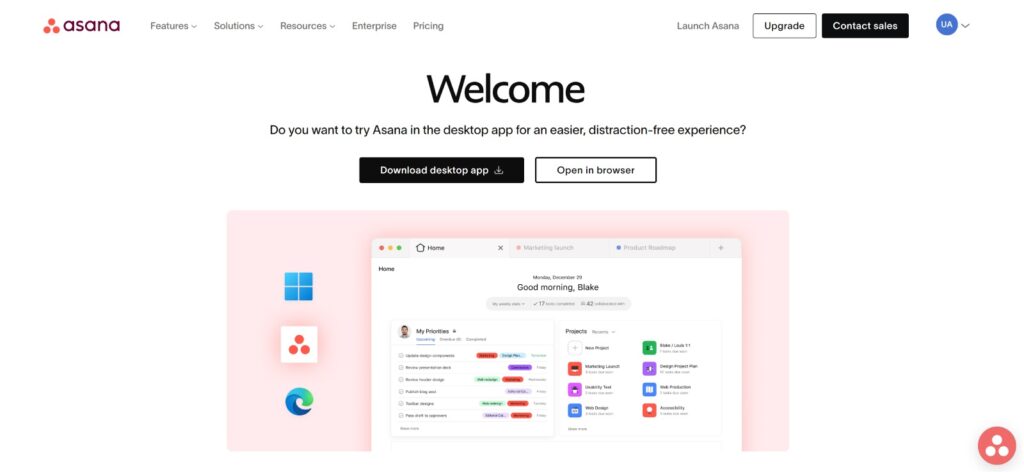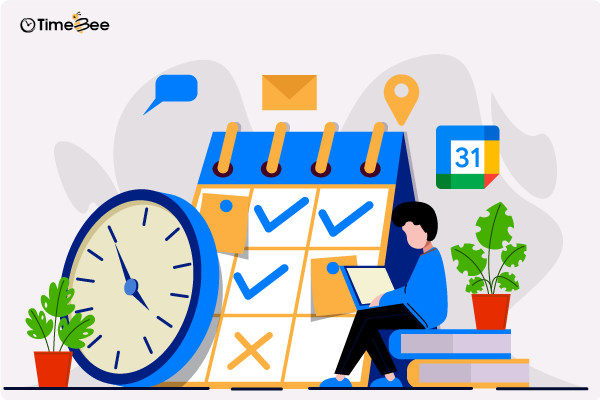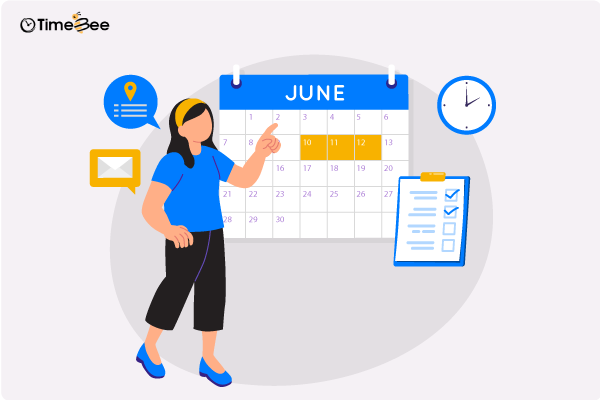Content
Content
No matter what project you take on, your financial health hinges on effective project management, particularly managing project costs efficiently.
In project management, cost control is crucial. Complex projects can rapidly burn through budgets due to unforeseen expenses. Proactive cost management is essential for project managers to ensure budgets stay on track.
Inaccurate project cost estimates are a leading culprit in projects exceeding budgets or failing altogether. Tight cost control, analysis, and forecasting are crucial to ensuring successful project completion and preventing these pitfalls.
This blog is a comprehensive guide to project cost management. It discusses all the dos and don’ts for securing your desired profit margin.
What Is Cost Management?
In technical terms, cost management is a branch of management accounting. It’s a set of tactics that help businesses predict project costs with greater accuracy. This approach helps managers to develop realistic budgets and reduce the likelihood of overspending on projects.
In managerial terms, cost management is the process of estimating, budgeting, and controlling a project’s costs throughout its lifecycle. The process starts during the planning phase, creating a concise blueprint for how, when, and why the costs will be incurred.
Cost management isn’t a one-time event. Throughout the project lifecycle, managers continuously monitor expenditures, analyze data, and make adjustments to stick to the budget.
After all, the success and profitability of a project depend on how your ability to confine costs within the budget.
What Is Cost Management In Project Management?
As a critical aspect of project management, cost management focuses on the ‘why’ aspect of project costs. By understanding cost elements, their relationships, and how they evolve, cost management ensures projects stay within budget.
The three key processes driving project cost management are:
- Cost Estimation: Accurately predicting future expenses during the planning phase.
- Cost Control: Monitoring expenditures, analyzing data, and adjusting to keep costs on track.
- Cost Reporting: Communicating cost information to stakeholders to ensure transparency and informed decision-making.
To understand project cost management, it is essential to familiarize yourself with the definition of a project. Projects are temporary initiatives with a set start and finish to deliver a specific outcome, product, or service.
Types Of Costs
Project costs could take up many forms and purposes. It’s a great starting point to categorize them logically:
- Fixed Costs
Fixed costs are the predictable expenses that remain constant throughout the project, like rent, salaries, or software licenses.
- Variable Costs
Variable costs fluctuate directly with project activity. Examples include hourly wages, materials used, or fuel for equipment.
- Direct Costs
Direct costs can be easily traced back to the project itself. They are billed directly to the project. This includes expenses like team travel to client meetings or wages for project-specific work.
- Indirect Costs
Unlike direct costs tied to a single project, indirect costs benefit the entire organization and are allocated proportionally to projects. Examples include building utilities, IT infrastructure upkeep, and administrative staff salaries.
- Sunk Costs
Sunk costs are expenses already incurred and cannot be recovered. Because they were fixed in the past, they are irrelevant to future decisions. Consider them like spilled milk.
An example of a sunk cost might be money spent on a marketing campaign that didn’t yield the expected results. The money is gone, and focusing on it won’t help you decide how to improve future campaigns. The key is to learn from the experience and move forward with new strategies.
Now that we’ve brushed over the basic project costs, let’s see how to create an effective project cost management plan.
How To Create A Cost Management Plan
Project cost management is a perpetual process. However, these four main elements are part of every organization’s cost management plan:
1. Resource Planning
The foundation of effective cost management lies in meticulous resource planning. Project managers need a clear picture of what resources are needed, why, and what are their associated costs.
While there are several methods of controlling costs, resource planning is the most effective one. By understanding the value of each resource and how its place in the project, project managers can meticulously allocate resources.
Common decisions in the resource planning stage include:
- Identifying all project resources and their associated costs.
- Planning how those resources will be used throughout the project.
- Creating a detailed resource plan outlining when and how the proposed resources will be used.
- Continuously monitoring and tweaking the resource plan to fulfill all necessities and remain on track.
Additionally, establish the project’s purpose and scope. This will enable you to keep circling back to the project’s goal while creating a resource plan.
2. Cost Estimation
With your resource list in hand, it’s time to price things. The key here is to gather as much data as possible on costs. This intel fuels informed decisions when estimating your project budget.
Project managers might tell you cost estimation is the most complex part. Pinpointing the exact cost requires precision, and there are a myriad of factors to consider—fixed costs, variable costs, overhead expenses, inflation, and even changes in the time value of money.
There are different ways to estimate costs, each with its pros and cons. But the key is to get as close to the real numbers as possible. This sets the stage for smooth sailing on your project budget.
For tangible resources like tools or equipment, get quotes from sellers to make an estimate. When it comes to human resources, multiple quotes from potential contractors will help you understand the true cost of the work. Remember, prices can change between estimating and buying, so factor in a 5-10% buffer to your total estimated cost to account for unforeseen expenses.
If you’re new to the project team, see if past cost managers generated budget reports. Analyzing past project costs can be a goldmine of insights to refine your estimates for this project.
By looking at how much the final costs deviated from initial estimates, you can set a benchmark for the buffer you need in your report. This historical cost data is your secret weapon for building realistic estimates.
As a rule of thumb, the higher the deviation between estimated and actual costs, the higher the chances of failure.
3. Cost Budgeting
Creating a budget should become logical after you create a resource rundown and cost estimates. A budget is a detailed roadmap of your project expenses, describing how much you’ll spend and by when.
A budget takes your estimated cost and turns it into a clear plan you can track throughout the project. Without a budget, that estimated cost would stay ambiguous, making it impossible to tell if you’re on track. Regularly evaluating your project’s performance against the budget helps you see if you’re spending as planned and how much you’ll need for future stages.
When creating a budget, make sure to not leave out even the most minor costs. This will help improve the accuracy of your budget. The more accurate your budget, the fewer cost deviations you’re likely to face.
4. Cost Control
We’re at the last piece of the puzzle: cost control. A major chunk of project cost management is spent on trying to confine within the allocated budget. Not only is it a continuous process, but also requires critical thinking.
Cost control involves constantly tracking actual expenses against your budget. It’s all about eyeballing the costs, making adjustments in the nick of time, and keeping stakeholders informed of any potential issues. All this hustle ensures your project stays on track financially and avoids costly surprises.
The cost management plan often serves as a plan of action. It provides the cost baseline, outlining how you’ll measure project performance, what wiggle room you have for deviations, and what actions to take if the thresholds are breached. It also clearly defines who has the authority to make cost-related decisions, ensuring everyone’s on the same page and can react quickly to potential issues.
There are several approaches to monitoring costs, the most common ones being:
- Cost-plus Method:
The project manager sets a project budget. As long as the project team stays under that limit, the manager reimburses the expenses up to that amount.
- Earned Valuation Management:
EVM is a project performance measurement technique that tracks progress based on both schedule and budget. EVM compares the value of work actually completed (Earned Value) with the planned budget (Budgeted Cost of Work Scheduled) and the actual costs incurred (Actual Cost of Work Performed).
Ways Of Managing Project Costs
Every organization will use its own method for tracking costs that complements its accounting practices. The two most common methods are:
Flat Rate
The flat-rate method is the project management equivalent of a fixed price deal. You agree on a single, upfront cost with a third party to handle design and implementation, keeping things nice and simple.
Time-Tracking
More realistically, projects are managed on an hourly basis, with everyone tracking the hours they dedicate to the work. Project managers start by forecasting the total time needed and then confirm these estimates as the project progresses and milestones are reached.
Worried about Tracking Project Hours?
Download TimeBee Today
Which Project Tools Can Help With Project Cost Management?
Cost management tools help in every step of project cost management. They highlight every expense and pinpoint areas where inefficiency might be lurking. Armed with detailed data and analytics, businesses can optimize their spending and potentially achieve significant cost savings.
Here are some must-haves for project cost management:
Budgeting: Oracle PBCS
Oracle is an Enterprise Performance Management software that enables organizations to gain deep insights into their financial health to drive better business decisions.
Key Features:
- Centralized Platform: Imagine PBCS as a one-stop shop for all your budgeting and planning needs. Teams can collaborate and share information in a single system.
- Flexible Forecasting: PBCS allows you to create different forecast scenarios based on various factors, helping you anticipate potential outcomes.
- Easy Budgeting: Creating and managing budgets becomes straightforward. You can set targets, allocate resources, and track progress efficiently.
- Cost Tracking: Monitor project expenses and identify areas where costs might be exceeding expectations.
Time-tracking: TimeBee

TimeBee can help you stay on top of project budget timelines and profitability with effective time tracking. By accurately monitoring how your team spends their time, you can quickly identify projects veering off-budget.
This allows you to make informed decisions and reallocate resources to where they’re most needed. TimeBee tracks billable hours effortlessly, enabling you to capture project costs precisely with minimal time investment.
Key Features:
- Automed time-tracking: TimeBee captures your workers’ activities all day long and categorizes them into different tasks so that their progress is tracked precisely.
- Cost Monitoring: By tracking and analyzing how time is spent on different activities, you can ensure accurate cost allocation and create more accurate project budgets. This level of detail allows you to identify areas where time or resources might be wasted.
- Automated Timesheets: An in-depth breakdown of the hourly output of workers allows you to deduce accurate labor costs, without requiring workers’ manual effort.
- Real-time Insights: Access to real-time analytics and visuals is crucial for effective cost management. This allows you to make data-driven decisions as your project progresses, potentially leading to optimized project costs. By monitoring key metrics and identifying trends early on, you can take corrective actions and avoid costly surprises down the lane.
Reporting and Collaboration: Asana

Asana offers much more than simple to-do lists. It offers functionalities like file sharing, visual project roadmaps, and informative dashboards, all presented in a clean and intuitive interface. This allows teams to stay organized, track progress, and collaborate effectively.
Key Features:
- Workflow Builder: a visual workflow tool that allows users to create custom workflows and share ideas on them.
- Strategic Goals: With this feature, managers can set goals and metrics for projects to track performance simultaneously.
- Gantt charts: Visual aids for viewing project progress, deadlines, and resource utilization.
Why Is Project Cost Management So Important?
Cost management is the project’s financial compass. Without it, projects can easily veer off course, leading to budget overruns that eat into profits, strain resources, and even threaten project viability. Ultimately, it can also damage your reputation and impact your relationship with clients.
A well-defined cost management plan ensures you stay on budget, keeping your project, and your company, healthy.
Now that we have understood how to create a project cost plan and its importance let’s see what benefits we can harvest from it.
Benefits of Project Cost Management
No matter how easy a project seems, project managers should not underestimate the possible gains from project cost management:
- Prevents Overruns: By keeping project finances in check, cost management helps prevent budget overruns and ensures the timely completion of the timeline.
- Risk Mitigation: Cost management helps mitigate the risk of cost overruns, which can snowball into project delays and further financial strain.
- Better Future Planning: By meticulously tracking project expenses, managers gain valuable data to predict costs for upcoming endeavors. This knowledge empowers them to craft more accurate budgets and make informed decisions about resource allocation, ultimately optimizing project efficiency.
Challenges Of Project Cost Management
Despite its benefits, project cost management can be quite tricky due to:
- Lack of Resources: Cost management can be resource-intensive. Implementing new cost-tracking technologies or hiring additional staff might be necessary, creating an upfront investment. The process involves complexity, like juggling multiple factors like labor costs, material prices, and project timelines.
- Inaccurate Estimation: Unrealistic expectations can derail project success. Inexperienced managers or those lacking a clear understanding of the project scope may underestimate costs, leading to budget overruns and hampering overall profitability.
- Outdated Technology: Outdated technology can throw off accurate cost estimation. Traditional systems might struggle to account for all the intricacies involved in project cost management, leading to misestimations and cost overruns.
Bottomline
Keeping project costs in check is a cornerstone of success for any project manager. Profitability hinges on delivering projects on time and within budget. To achieve this goal, project managers have a diverse toolbox of cost-management techniques at their disposal.
TimeBee equips project managers with all the widgets they need for efficient cost control. Its robust features encompass budget tracking, resource allocation, and intuitive time tracking. By incorporating TimeBee, you can achieve greater accuracy in your cost management practices and ultimately secure better financial outcomes for your projects.
Try TimeBee’s 14-day Free Trial!
Click Here
Similar Reading



